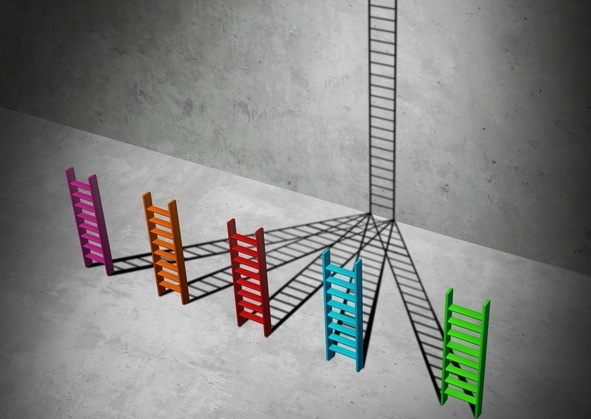
It’s a business concept engrained into the American psyche to the point of cliché – cut out the middleman, and save money. Heck, “I Can Get It for You Wholesale” was a hit Broadway musical starring Barbra Streisand way back in 1962. And the premise makes sense on the surface – with one less mouth to feed in the food chain, there’s more profit left for those still in the mix, right?
Most people equate middlemen with a markup. And this may indeed be true in many cases, but not all. In particular, we encourage businesses using significant volumes of corrugate to take a closer look at the benefits of working with “middleman” distributors. We find these services often pay for themselves even before accounting for the benefits realized in operational areas beyond the vendor invoice.
Why Corrugated Box Manufacturers Cost More
In the corrugated-packaging world, the volumes a manufacturer needs to run to perform at scale are massive. Therefore, manufacturers require direct clients to place huge orders and to accept full delivery. For firms spending more than $3 million a year on corrugate, this model usually makes sense. For the thousands of businesses consuming meaningful but lesser volumes, however, the ground rules are a problem.
Starting with inventory, meeting minimum order sizes to obtain a “discount” can mean accepting 90-120 days of supply upfront. This requires significant warehouse space, not to mention the personnel to manage it. Then there are payment terms. For manufacturers cash is king, meaning that payment in full for these large orders is typically due within 30 days. By contrast, distributors often provide Net-60 or Net-90 day terms; better yet the clock doesn’t start running until you accept delivery on each smaller batch when it’s actually needed. Cash flow, already a critical factor for most manufacturing firms, will become even more important as interest rates rise and the time value of money increases.
A distributor can also help less-than-monolithic sized players realize the benefits of “Just in Time” discipline. Most firms already run very lean shops, but distributors can provide web-based portal access to inventory management tools, offering a holistic view of the pipeline beyond the scope of the big producers. In addition to shouldering warehousing duties, a distributor can keep your on-premise supply within tolerance of a max/min customized to your own choosing, and deliver key metric and benchmark data.
Playing the Field, Shopping Local
Another distributor advantage is not being tied to a specific plant. They’re in a position to optimize your pricing model, looking for the best local options near specific plants or enlisting providers offering substrates most suited to your specific needs. Some large corrugate producers also accept orders for lower-volume mixes. However, they simply subcontract these orders out and mark them up, leaving the customer paying a disguised premium, as well as most likely receiving larger than needed quantities.
Not only can a distributor reduce the vendor management burden by serving as a one stop shop, but also bundling all ancillary packaging needs into a single proposal – including items a big producer would have no interest in servicing – creates a more attractive market basket capable of generating more aggressive pricing.
In many ways, it boils down to this simple fact: “Manufacturers focus on manufacturing. Distributors focus on distributing.” There’s enough value add in the latter function for firms with $500K-$3 million of annual corrugate spending to benefit from their presence. In a business climate with ever tighter margins, this opportunity is too big to ignore or cut out.
As you can see, there’s no “right” answer, and the procurement process is nuanced. At SRM, our consultants identify a lot of the hidden costs, much like distributors. With a sharp eye on the market, we create a strategic procurement approach that brings you immediate ROI.
Interested in learning more? Download your copy of Why Procurement Consulting Brings Immediate ROI to Your Business.




